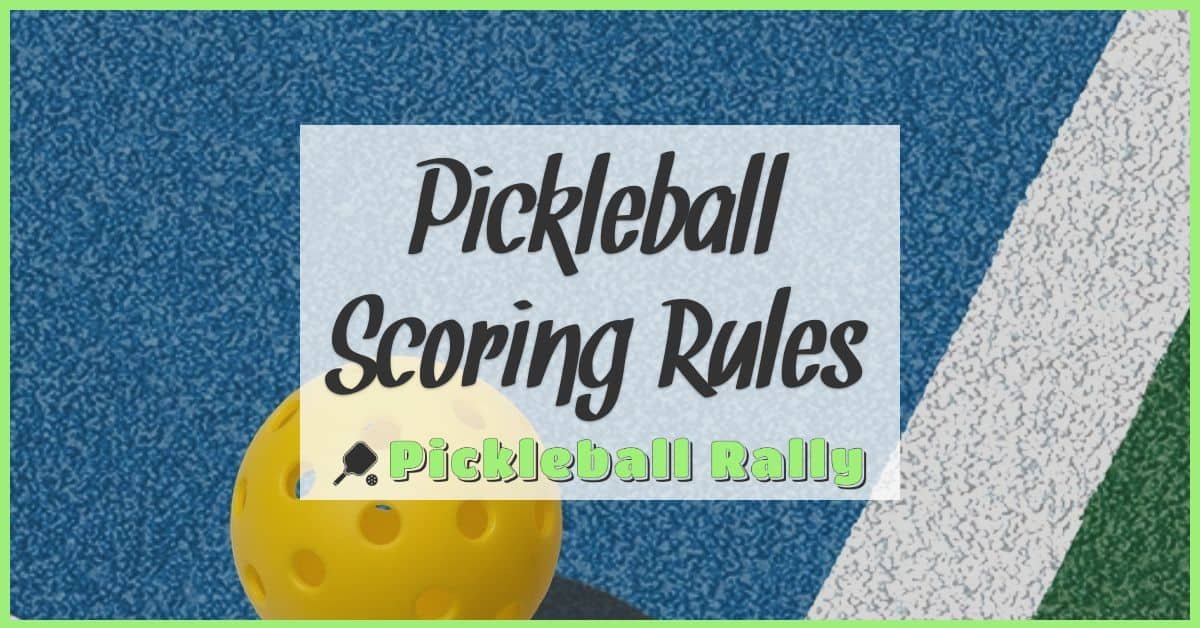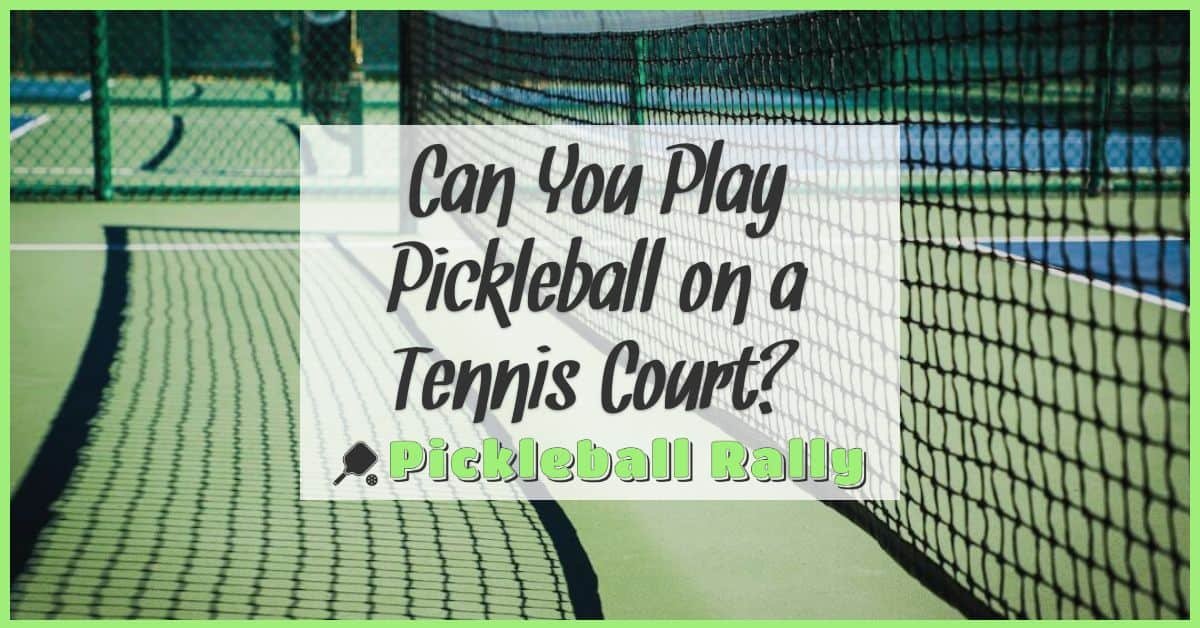Pickleball has taken the world by storm, and for good reason. It’s a fun and fast-paced game that gets us moving without feeling like a workout. Whether we’re playing with friends or joining a local league, pickleball offers a great way to stay active and enjoy ourselves.
Beyond the fun, pickleball packs a punch when it comes to our heart health. The quick movements and constant play help boost our cardiovascular system, making our hearts stronger and more efficient. As we dive into this article, we’ll explore how this popular sport can improve our cardiovascular health and why it’s such a fantastic choice for staying fit.
The Rise of Pickleball as a Popular Fitness Activity
Pickleball has exploded in popularity, drawing players of all ages and skill levels. We see communities forming around local courts, with leagues and tournaments filling calendars. The sport blends elements of tennis, badminton, and ping-pong, creating fast-paced rallies that keep our hearts pumping and spirits high. Its accessibility makes it easy to start, yet the skill ceiling encourages continuous improvement, which motivates us to keep playing.
Players benefit from the constant movement—side steps, quick sprints, and lunges—that boost cardiovascular fitness while also improving agility and balance. Unlike many workouts that feel monotonous, pickleball keeps us engaged with every serve and volley. This engagement, combined with social interaction, enhances motivation to maintain a regular fitness routine.
Our coaching experiences confirm that beginners quickly notice increased stamina, and seasoned players enjoy sustained cardiovascular gains. Pickleball doesn’t just fit into our fitness plans; it transforms them by turning exercise into an exciting game.
Understanding Cardiovascular Health
Grasping cardiovascular health helps us appreciate how pickleball strengthens our hearts. Knowing the key fitness components and common issues lets us play smarter and stay healthier.
Key Components of Cardiovascular Fitness
Endurance measures how long our heart and lungs support continuous activity like long pickleball rallies. Strength indicates the heart’s power to pump blood efficiently during quick sprints and sudden direction changes. Flexibility affects how blood vessels adjust to increased demands, supporting smooth circulation as we move. Recovery rate shows how quickly our heart returns to resting state after intense play, reflecting overall cardiovascular efficiency. Improving these components through regular pickleball helps us boost stamina, speed, and game endurance.
Common Cardiovascular Health Issues
High blood pressure strains the heart, but consistent physical activity like pickleball often lowers it by improving vascular function. Coronary artery disease narrows vessels, limiting blood flow; engaging in moderate pickleball encourages better circulation and heart muscle conditioning. Arrhythmias disrupt normal heartbeats, though regular exercise helps regulate heart rhythm over time. Understanding these issues guides us to balance play intensity with safety, ensuring pickleball contributes positively to heart health without risks.
How Pickleball Supports Heart Health
Pickleball boosts heart health through engaging, continuous movement that challenges our cardiovascular system. Playing regularly promotes stronger heart function and better circulation.
Cardiovascular Benefits of Pickleball Exercise
Pickleball raises our heart rate through fast-paced rallies, short sprints, and lateral movements. These elevate cardiovascular endurance, strengthening the heart muscle and improving oxygen delivery. Frequent play enhances stamina, allowing us to stay active longer without fatigue. Additionally, the sport’s mix of aerobic and anaerobic activity leads to better heart rate variability and faster recovery after exertion. Because pickleball combines bursts of intensity with steady movement, it improves circulation and supports vascular health effectively.
Impact on Blood Pressure and Cholesterol
Regular pickleball sessions contribute to lower blood pressure by promoting healthier blood vessels and reducing arterial stiffness. This effect decreases the risk of hypertension-related complications. Moreover, active play helps balance cholesterol levels by increasing HDL (good cholesterol) and decreasing LDL (bad cholesterol). These improvements support heart function and reduce plaque buildup in arteries. By integrating pickleball into our fitness routine, we protect our cardiovascular system and encourage long-term heart health.
Additional Health Benefits of Playing Pickleball
Playing pickleball offers more than cardiovascular improvements. It also supports mental well-being and social connections that keep us motivated and engaged.
Mental Health and Stress Reduction
Pickleball sharpens our focus and relieves stress. Fast-paced rallies demand concentration, which helps clear the mind from daily worries. Physical activity releases endorphins, boosting our mood and lowering anxiety levels. Playing outdoors adds fresh air and sunlight, further enhancing mental health. Regular games create a positive routine that balances both mind and body.
Social Interaction and Motivation
Pickleball builds a strong community around shared enthusiasm. Playing with others encourages social interaction, which combats loneliness and lifts spirits. Friendly competition and teamwork foster camaraderie that keeps us coming back to the court. Group practices and local leagues create accountability and motivation, helping us improve skills while enjoying the support of fellow players. This social aspect makes pickleball not just a sport but a lifestyle we embrace together.
Tips for Maximizing Cardiovascular Benefits with Pickleball
Picking up techniques that enhance cardiovascular gains makes our pickleball sessions more effective and enjoyable. Focusing on warm-ups, cool-downs, and managing intensity helps our hearts get stronger while keeping us safe and energized.
Proper Warm-up and Cool-down Techniques
Starting with a proper warm-up raises our heart rate gradually, preparing our cardiovascular system for the quick movements ahead. We recommend 5 to 10 minutes of dynamic stretches like leg swings, arm circles, and light jogging in place. Adding pickleball-specific movements, such as side shuffles and short sprints, activates the muscles we use most on the court. Cooling down through slow walking and static stretching after play helps lower heart rate steadily and improves flexibility. These routines reduce injury risk and support recovery, allowing us to get back on the court faster and maintain consistent cardiovascular improvements.
Balancing Intensity and Rest
Balancing high-intensity rallies with sufficient rest periods extends our playing time and boosts heart health without overtaxing the system. We suggest alternating between fast-paced games and moderate-paced drills to keep heart rates in an optimal training zone for at least 20 to 30 minutes per session. Taking short breaks between points or sets lets our heart rate recover slightly, preventing excessive fatigue and allowing sustained effort. Listening to our bodies ensures we push hard enough for cardiovascular gains while avoiding burnout. Incorporating rest days into weekly schedules also helps our heart muscles rebuild stronger after each workout.
Conclusion
Pickleball offers a fun and effective way to keep our hearts healthy while staying active. Its mix of fast-paced movement and social interaction keeps us motivated and engaged, making it easier to stick with a regular routine.
By embracing pickleball, we’re not only improving our cardiovascular health but also enjoying the many benefits that come with being part of a vibrant community. It’s a game that supports both our body and mind, helping us feel better every time we step on the court.









